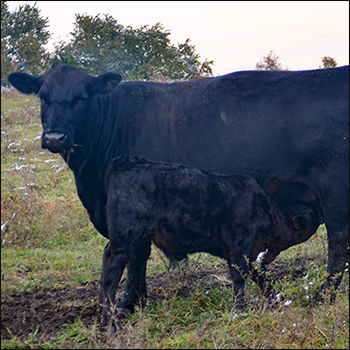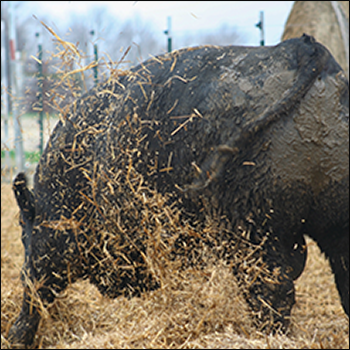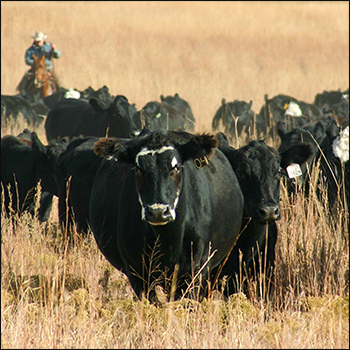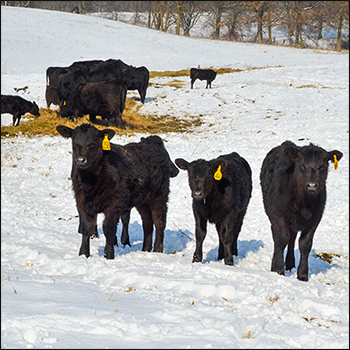Challenges and Costs of Keeping Bulls
Tips to keep bulls doing their job instead of fighting.
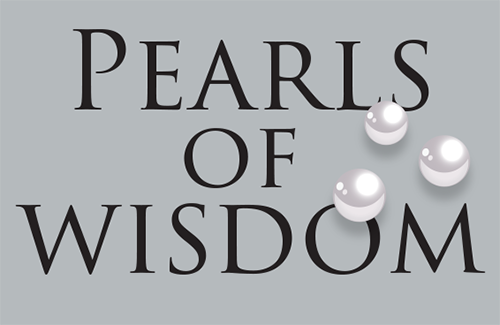
Bulls are expensive to buy, expensive to feed and expensive to keep because they can wreck fences and facilities. They also have a fairly high rate of injury when fighting. The attrition from body condition loss, injury, etc., can be alarming, says John Kastelic, University of Calgary. Typically, a breeding pasture has multiple bulls, so there are dominance issues, as well. Instead of breeding, some bulls are always fighting or trying to keep the other bulls from breeding.
“People tend to send out mixed-age groups of bulls. The younger ones may not get much chance to breed cows. Older bulls tend to fight more. The worst thing you can do is send out bulls of multiple ages, and the young one gets beaten up and pushed away, or intimidated,” says Kastelic.
There’s no easy solution. To solve some of these problems a person may simply only use young bulls, or put young bulls together in a breeding pasture and an older bull in a separate breeding pasture. Keeping bulls in one pasture that are 2 years of age or younger cuts down on fighting and injury, as well as spread of diseases like trichomoniasis. He also encourages having breeding soundness exams done before breeding season, so bulls aren’t turned out that can’t do their job and settle cows.
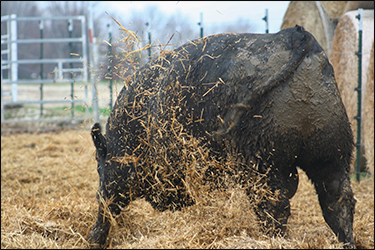
Bulls are expensive to buy, expensive to feed and expensive to keep because they can wreck fences and facilities. [Photo by Alexis Koelling] |
“Keep in mind that having a bull with lots of good sperm is not enough. That bull also must be able to identify cows in heat, mount and breed, and deliver those sperm. Our standard breeding soundness exam is focused on the reproductive system, semen, general health and well-being, which is hugely important, but does nothing in terms of checking libido,” notes Kastelic.
It’s impossible to know if a bull will actually breed cows. He may have low libido or be unable to mount and breed cows. He may have a sore back, a deviated penis or some kind of abnormality that interferes with actually breeding a cow. It is the owner’s responsibility to monitor bulls after turning them out with cows, he challenges. Producers need to know if a bull isn’t doing the job — before it’s too late in the breeding season.
An artificial insemination option
Some ranchers opt to use fewer bulls and breed most females by artificial insemination (AI).
“What works well in many situations is one round of AI and then a cleanup bull. With some programs you can use timed AI and get 50% or more of the females pregnant. You don’t need to AI every cow; you might start with your replacement heifers. Then you might also AI the cows being bred for their second calf because that’s the group that tends to be slower to cycle after calving. For that group, you could use a progesterone or MGA-based (melengestrol acetate) program and hasten cyclicity and tighten up calving interval,” Kastelic offers.
Having half the calves from one sire born over a short interval will result in a more uniform calf crop, explains Kastelic. However, he cautions, a group of females inseminated on the same day will still calve across a couple of weeks due to variation in gestation length and since bull calves are often carried longer than heifers. Sires with good calving ease tend to sire calves with shorter gestation, which reduces birth weight and calving problems, he explains.
Many people think AI is expensive, but they don’t actually figure up the expenses of owning a bull.
Kastelic recalls, “Figures from studies a few years ago showed it to be $40 to $50 or more per cow, per year exposed to a bull — if you are honest about your investment, your insurance, maintenance, etc. Bulls are not cheap.”
Editor’s note: Heather Smith Thomas is a cattlewoman and freelance writer from Salmon, Idaho.

Angus Proud
In this Angus Proud series, Editorial Intern Jessica Wesson provides insights into how producers across the country use Angus genetics in their respective environments.
 Angus Proud: Scott Sproul
Angus Proud: Scott Sproul
Oklahoma operation learned wisdom of moving calving season to better suit their marketing needs.
 Angus Proud: Bubba Crosby
Angus Proud: Bubba Crosby
Fall-calving Georgia herd uses quality and co-ops to market calves.
 Angus Proud: Jim Moore
Angus Proud: Jim Moore
Arkansas operation retains ownership through feeding and values carcass data.
 Angus Proud: Les Shaw
Angus Proud: Les Shaw
South Dakota operation manages winter with preparation and bull selection.
 Angus Proud: Jeremy Stevens
Angus Proud: Jeremy Stevens
Nebraska operation is self-sufficient for feedstuffs despite sandy soil.
